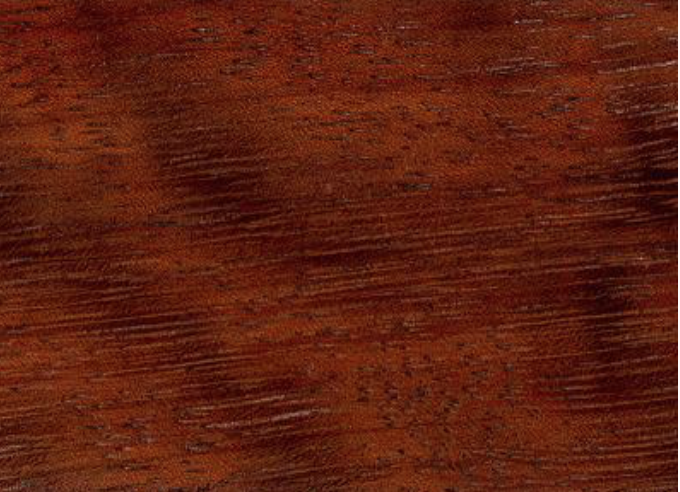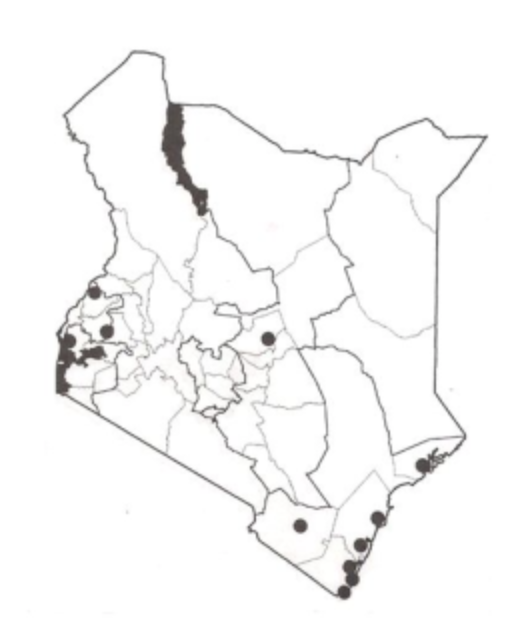Mvule / Iroko
Credit: Biovision-Infonet

Scientific name: Milicia excelsa
Order / Family: Moraceae
Local Names: Boni (Minarui); Digo (Mvure); Giriama (Mvure); Kamba (Kitangure); Luhya (Murumba); Bukusu (Kumurumba); Luo (Olua); Meru (Mururi); Sanya (Mvule) Swahili (Mvule); Taveta (Murie); Teso (Eluwa);
1. Introduction General distribution:
It is widespread in tropical Africa, from Guinea Bissau to Angola and Sudan to Mozambique. In Kenya it is common at the coast.

(c) Maundu P. and Bo Tengnas. (2005). Useful trees and shrubs for Kenya, World Agroforestry Centre.
General Information about the Tree:
One of the most important timber species, but over-exploitation has made it very rare. The heartwood is brown to yellow and easy to work. The wood resists termite attack almost as well as teak.
Biophysical Limits:
The tree does not tolerate waterlogging and the soil must be well drained and relatively fertile. Altitude; 0 – 1,400 m. Agro-ecological zones; I – II.
2. Propagation and Tree Management
It may be propagated by seedlings and wildings. It also produces suckers which can also be used. Is fast growing compared with other hardwoods, but slower than Khayaspp. It may be pruned or coppiced. Regeneration rates are low in most areas. Occurs in plantations and mixed planting; young trees should be protected from browsing. Trees are ready for harvesting at about 50 years of age.
Products:
- Fuel: M. excelsa can be planted for the production of timber and charcoal.
- Timber: this is one of the most popular timber species in most of East African region
- Others; boat building, medicine (bark), fodder, bee forage, mulch,
Services:
- Erosion control: Trees are employed in soil conservation.
- Shade or shelter: M. excelsa is an excellent shade tree
- Soil improver: The leaves of the tree are used as a mulch.
- Ornamental: M. excelsa makes a fine avenue tree for cities.
3. Pests and Diseases
Frequent attacks by a gall fly in the early stages of their growth have made the establishment of plantations difficult.
4. Information Source Links
- Maundu P. and Bo Tengnas. (2005). Useful trees and shrubs for Kenya, World Agroforestry Centre. ISBN-9966-896-70-8.
- www.worldagroforestry.org